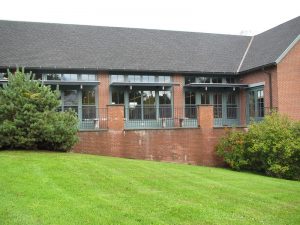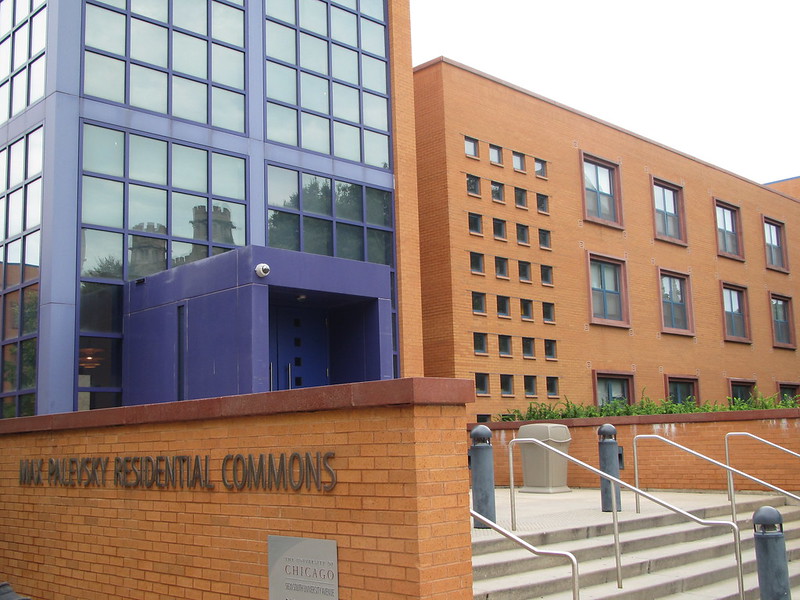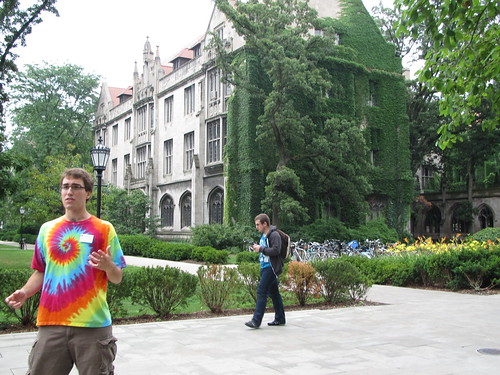What if I told you helping your child develop a love for reading is one of the best gifts you can give?
It will benefit your child throughout her life—teens who love reading have a better likelihood of getting into the college of their choice. (More on that later.)
One of the first questions I ask college-bound students is, “Tell me about the last book you read for pleasure.”
Usually, there’s a pause. Then they mention a book that’s clearly from a school reading list like “Catcher in the Rye” or “To Kill a Mockingbird”.
“Really? For pleasure?” I ask.
Once I call them out on it, they usually confess that the last one was a Harry Potter novel from several years ago.
My bolder students will come out and admit that they “hate” reading.
Over the years, about 25 percent of the students I’ve worked with have been avid readers who truly love diving into a good book.
Those are the students who’ve been admitted to the most selective colleges, like Stanford, Harvard, University of Chicago, MIT, and similar.
What’s interesting is that when I ask parents if their child is a reader, about 75 percent say their teen “used to be” a reader.
When I then ask them when their child stopped reading, the most common response is: “Sixth grade.”
Why teens stop reading in grade 6.
There are several reasons why teens stop reading:
- Screen time
- Pressure to “be cool”
- Friends don’t read or talk about books
- Parents stop reading aloud to them
Yes, I did suggest that parents should continue reading aloud even through high school!
Why parents should read aloud to their children (even when they’re teenagers!)
Reading aloud to your teen is a great way to model reading and expose your teen to an expanded vocabulary and important ideas.
It goes back to the James Baldwin quote: “Children have never been very good at listening to their elders, but they have never failed to imitate them.”
Middle School Reading List
To help your child develop a love of reading in middle school, try offering the following books.
| 6th | Inkheart Cornelia Funke |
The Cay Theodore Taylor |
| Hatchet Gary Paulsen |
Among the Hidden Margaret Peterson Haddix and Cliff Nielsen |
|
| Mysterious Benedict Society Trenton Lee Stewart |
||
| 7th | Chains Laurie Halse Anderson |
Chasing Vermeer Blue Balliett |
| Al Capone Does My Shirts Gennifer Choldenko |
Supernaturalist Eoin Colfer |
|
| Code Orange Caroline B. Cooney |
||
| 8th | The Secret Garden Frances Hodgson Burnett |
Red Kayak Priscilla Cummings |
| Hattie Big Sky Kirby Larson |
Uglies Scott Westerfeld |
|
| To Be A Slave Julius Lester |
What is your teen reading this summer?
I understand that the school year is busy and your teen has a lot of homework.
That means summer break is a good time for your teen to read!
Many studies, including this article from The School Library Journal, have shown that students who don’t read consistently over the summer see their reading abilities stagnate.
Even worse, this effect grows more prominent as they advance into high school.
Not every child naturally loves reading. Sometimes you might need to help them along, and summer is a great time to do so!
Here are 5 tips on how to make reading fun for your kids this summer:
- Have your teen set a summer reading goal and keep them accountable.
- Have your teen choose their own book to read, whether it’s graphic novels, cookbooks, or romance novels about vampires. . .reading is reading.
- Encourage your teen to read a book they enjoy for at least thirty minutes a day.
- Model reading for your teen. The more they see you reading, the more likely they are to follow your example.
- Have your teen sign up for the summer reading challenge at a local library. This could be a fun form of competition and a way to meet other teen readers.
It’s not too late! To help your teen pick out books to read this summer, we’ve compiled this list from several libraries and organized them by grade.
High School Reading List
| 9th | Drowned City: Hurricane Katrina and New Orleans Don Brown |
We Were Liars E. Lockhart |
| Midwinterblood Marcus Sedgwick |
Between Shades of Gray Ruta Sepetys |
|
| Code Name Verity Elizabeth Wein |
||
| 10th | Ready Player One Ernest Cline |
The Last Lecture Randy Pausch |
| Into Thin Air Jon Krakauer |
Six of Crows Leigh Bardugo |
|
| Bone Gap Laura Ruby |
||
| 11th | I’ll Give You the Sun Jandy Nelson |
Debunk It!: How To Stay Sane in a World of Misinformation John Grant |
| Defy the Stars Claudia Gray |
The May Queen Murders Sarah Jude |
|
| In the Shadow of Blackbirds Cat Winters |
||
| 12th | The Short and Tragic Life of Robert Peace Jeff Hobbs |
Enter Title Here Rahul Kanakia |
| American Girls Alison Umminger |
Dirt Bikes, Drones, & Other Ways to Fly Conrad Wesselhoeft |
|
| Game Changers: The Unsung Heroines of Sports History Molly Schiot |
[/mk_table][/vc_column][/vc_row]
Becoming a real reader can improve your teen’s vocabulary, make them a better writer, help them get into college, and enlarge their breadth of understanding of the world around them.
What books would you add to these lists? Let me know in the comments below.
Need a little more guidance?
For one-on-one support and other resources to help you or your child get into (or pay) for college click here.
If you’d like to learn more about helping your teen get into college, don’t miss these posts:
How to Save Time When Seeking Money for College
College Essay How-to: Who is someone you admire?
Get In and Get Money: 5 Tips for College-Bound Juniors








